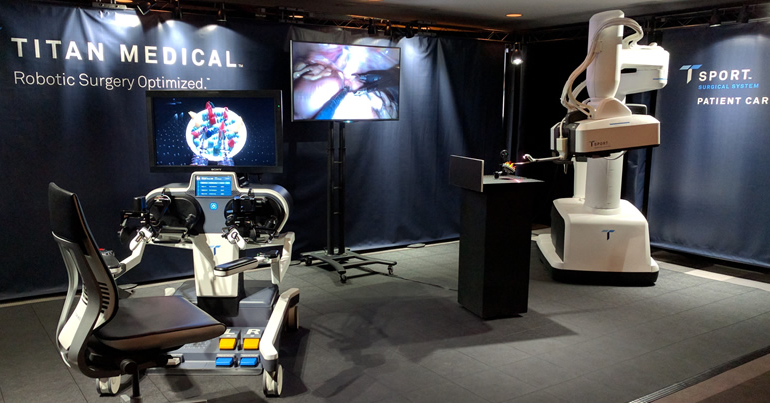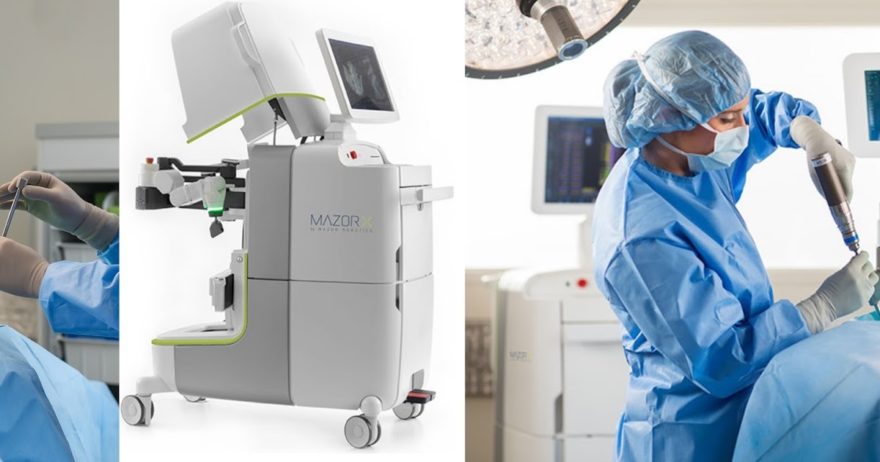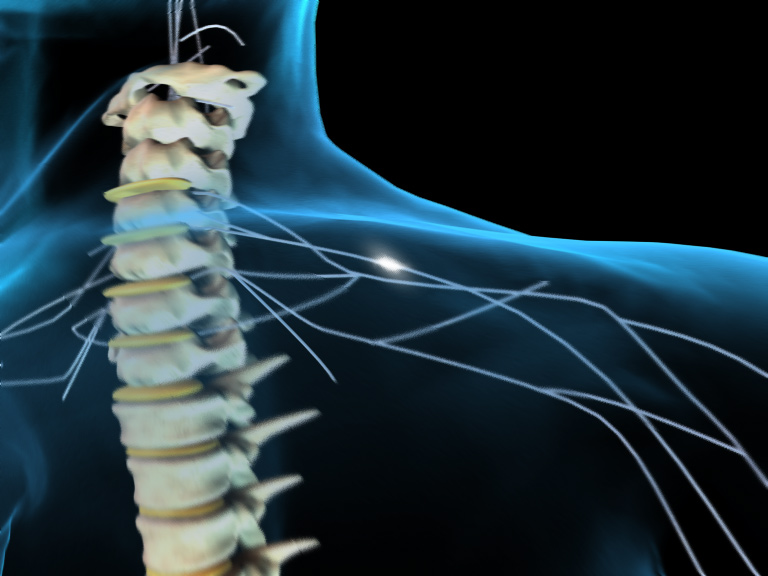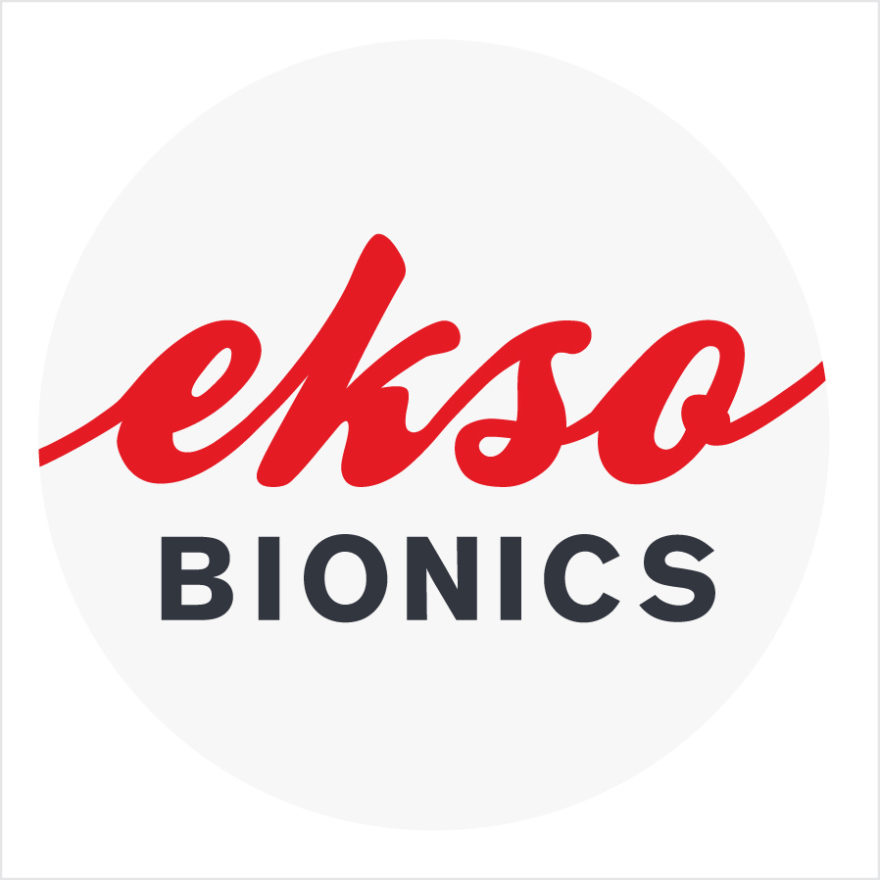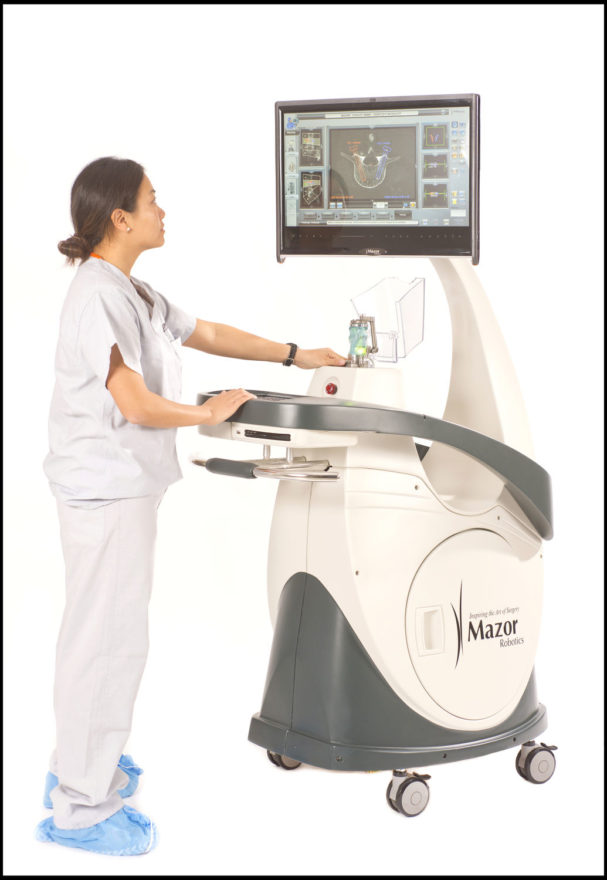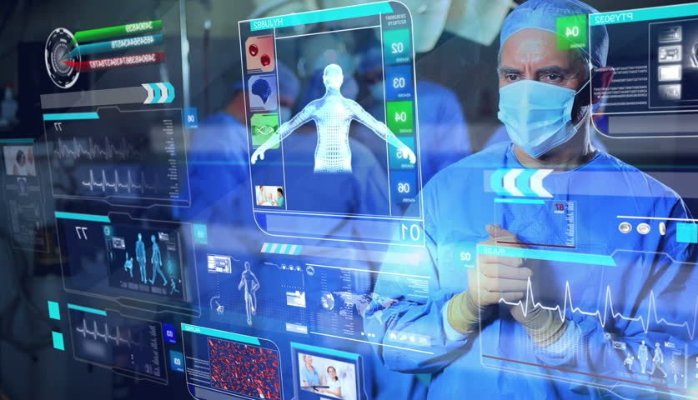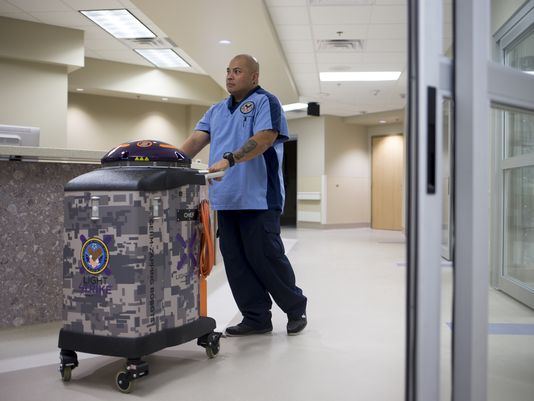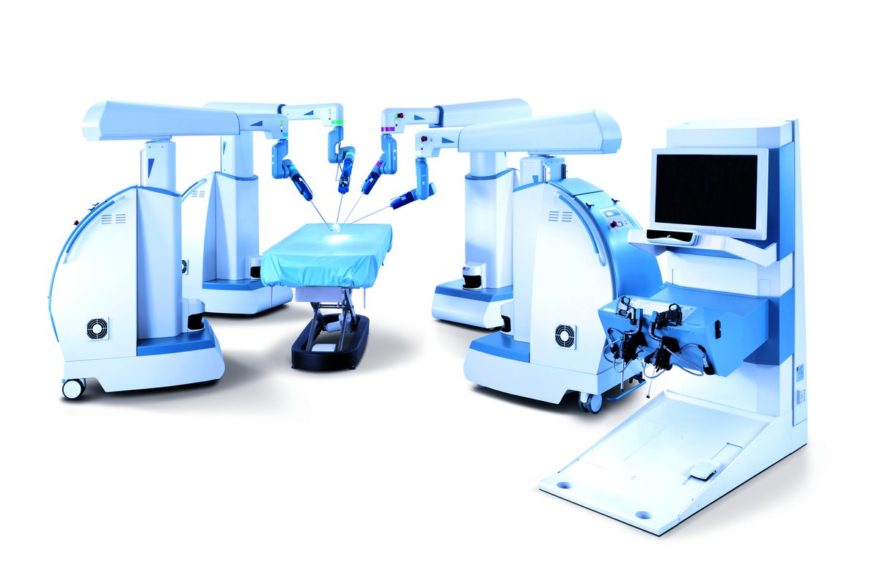RAYNHAM, Mass., Oct. 18, 2016 /PRNewswire/ — OMNIlife science™, Inc. (“OMNI™”), an established medical technology company targeting the $15 billion global hip and knee replacement device market, announced that several presentations about their OMNIBotics technology were featured early this month at both the International Congress for Joint Reconstruction (ICJR) Transatlantic Orthopaedic Conference in New York City and at the International Society for Technology in Arthroplasty (ISTA) Annual World Congress in Boston. The selection of these papers confirms OMNI’s leadership position in robotic-assisted total knee replacement technology, with more than 10,000 OMNIBotics procedures performed worldwide.
The ICJR focuses on providing a comprehensive orthopaedic learning experience for their members, delivering timely and relevant education. Attendees learned about OMNIBotics technology in an oral poster presentation and three video poster presentations. The oral poster presentation “Surgical Efficiency and Early Patient Satisfaction In Imageless Robotic-Assisted Total Knee Arthroplasty” by John Keggi, M.D., Connecticut Joint Replacement Institute, Hartford, CT was honored with the 2016 Transatlantic Orthopaedic Congress Award of Excellence for an Oral Scientific Poster: Knee, for the exceptional quality of the research presented.
The ISTA Annual World Meeting, with 600 attendees, provides a forum for emerging technologies in orthopaedics to be discussed between surgeons, engineers, and industry with a goal of developing and implementing optimal technologies for patients in a collaborative manner. OMNIBotics was highlighted in three podium presentations and one e-poster combined with a short talk.
Featuring the research of orthopaedic surgeons Leonid Dabuzhsky, M.D. (Melrose-Wakefield Hospital, Boston, MA) and John Keggi, M.D. (Connecticut Joint Replacement Institute, Hartford, CT), presentation topics ranged from studies about the learning curve, surgical efficiency, and patient satisfaction with OMNIBotics robotic-assisted total knee replacement, to their experience with innovative emerging OMNI technologies in ligament tensioning and gap balancing. One study conducted and presented by Dr. Dabuzhsky demonstrated a significant reduction in post-operative manipulation rates when using the OMNIBotics system with ligament balancing versus another competitive technology.
These topics illustrate the interrelationship between technology, clinical efficacy, and value that OMNI believes is vital in the new fiscal paradigm in orthopaedics, the Comprehensive Care for Joint Replacement (CJR) bundled payment model, introduced by the Centers for Medicare and Medicaid Services (CMS) in 2015. OMNI, in conjunction with their consulting surgeon teams, is on the leading edge of developing and using robotic technology to reduce overall cost of joint replacement by improving outcomes without the hospital assuming the burden of a significant capital investment.
“Relevant clinical data was presented at the ISTA and ICJR Meetings, further supporting the OMNIBotics Robotic Assisted Total Knee Replacement procedure as a cost-effective surgical option suited to the value-based hospital reimbursement environment we now serve” commented Rick Randall, OMNI CEO. “Improved OMNIBotics outcomes metrics such as surgical efficiency, post-operative patient satisfaction and reduction in hospital readmissions for costly manipulations under anesthesia were reported from the podium. In addition, promising cadaveric test results using the company’s next generation robotic knee replacement technology for advanced soft tissue balancing were also presented at both meetings”.
About OMNI
OMNI is a privately held company with a proprietary robotic platform, OMNIBotics™, which allows surgeons to conduct patient-specific total knee surgery designed to enhance patient satisfaction and reduce hospital costs. In addition, OMNI designs, engineers, manufactures and distributes a wide range of proprietary hip and knee implants and is focused on providing cutting edge technologies to transform outcomes in joint replacement surgery and improve patient care. For more information about OMNI, please visit www.omnils.com.
Forward-Looking Statements
Statements in this press release concerning the future business, operations and prospects of OMNIlife science, Inc., including its plans specific to OMNIBotics systems, as well as statements using the terms “plans,” “believes” or similar expressions are “forward-looking” statements as defined in the Private Securities Litigation Reform Act of 1995. These statements are based upon management’s current expectations and are subject to a number of factors and uncertainties. Information contained in these forward-looking statements is inherently uncertain, and actual performance and results may differ materially due to many important factors. Such factors include, among others, changes in competitive conditions and pricing in OMNI’s markets, decrease in the demand for OMNI’s products, delays in OMNI’s product research and development cycles, decreases in the use of OMNI’s principal product lines or in procedure volume, unanticipated issues in complying with domestic or foreign regulatory requirements related to OMNI’s current products or securing regulatory clearance or approvals for new products or upgrades or changes to OMNI’s current products, the impact of the United States healthcare reform legislation on hospital spending and reimbursement, any unanticipated impact arising out of the securities class action or any other litigation, inquiry, or investigation brought against OMNI, increases in costs of OMNI’s sales force and distributors, and unanticipated intellectual property expenditures required to develop, market, and defend OMNI’s products. OMNI cannot guarantee any future results, levels of activity, performance or achievement. OMNI undertakes no obligation to update any of its forward-looking statements after the date of this press release
Contact
Cindy Holloway, Director of Marketing Communications
Phone: (508) 824-2444
Logo – http://photos.prnewswire.com/prnh/20161018/429923LOGO
To view the original version on PR Newswire, visit:http://www.prnewswire.com/news-releases/new-data-and-award-winning-research-presented-on-omnibotics-robotic-assisted-total-knee-replacement-technology-at-two-prestigious-conferences-300346916.html
©2016 PR Newswire. All Rights Reserved.


